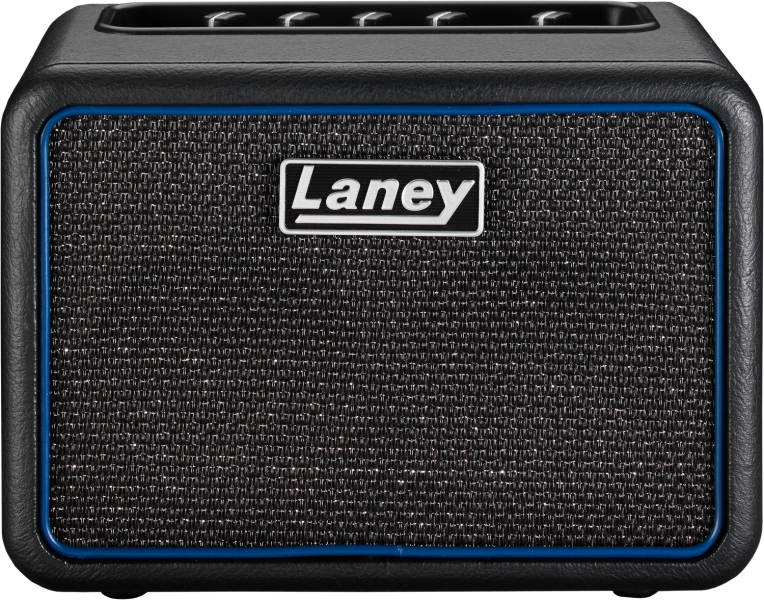

While the ending may be as shredded as sounds fed into a granular software program, the tune maintains its shape even as it become more staccato and agitated. Eventually the protoplasmic mass inflates enough so that the combination of intense vibrations from Ullmann and the col legno strategy of Thomas and Dahlgren almost take on electronic properties. As much a summation of the group’s ethos as well as the suite’s finale, the shifting bass-string stopping and guttural bass clarinet whines create an original landscape that’s as weighty as it is pointillist. However “Transatlantic (Part One)” simply outlines the narrative, contrasting wispy and robust tones from Ullmann and bonded bass slicing, while “Transatlantic (Part Two)”, merely confirm the yawning density of the trio’s creation, at nearly 20 minutes “Transatlantic (Part Three)”, is the major statement. Never losing momentum the piece reaches a climax of staccato slaps and col legno scrapes from the bassists and mid-range blowing from the reedist.ĭespite the preceding track title, the CD’s true epic is the three-part “Transatlantic” suite that begins and ends the disc, as well as animates its middle. Meantime the pedal-point undertow from the dual bassists swells so that strings also judder, jump, scrub and stop.

That languid yet sinewy track is also notable for Ullmann’s bass clarinet pressure which ranges from fog-horn blowing to staccato reed biting. Vibes-like plinks meet harp-like arpeggios on “The No Piece”, during which Ullmann’s wispy bass flute tone could come from a dizi and a suggestion of music box tinkles is present on “The Epic”. Although the exploitation of subterranean tones are Transatlantic’s raison d’étre, weighty muddiness is avoided with the subtle introduction of other textures. Geography aside, the bands’ differing approaches to the bass clef pays off in unique programs. Sean Ali and Pascal Niggenkemper, whose Suspicious Activity unrolls during 22 short tracks are based in NYC, with Dayton-native Ali working in bands such as Natura Morta and the German-French Niggenkemper working with the likes of clarinetist Joachim Badenhorst and trumpeter Thomas Heberer. Dahlgren, who has also worked with Anthony Braxton, is an American, and Thomas, who has played with just about everyone else on the advanced music scene, is Australian. Ullmann, who often partners with Americans such as trombonist Steve Swell and pianist Michael Jefry Stevens and who composed all the tracks on Transatlantic lives in Berlin as do Chris Dahlgren and Clayton Thomas. The resulting reverberations end up sounding as if they could come from a variety of other instruments. Taking that concept one step further Sean Ali and Pascal Niggenkemper create an original sonic language by preparing their acoustic basses with items including kitchenware, aluminum cans, lampshades and other found objects. An essay in subterranean tones, the opaque muddiness that could result from these deliberations is avoided as the bassists also play so-called objects. Here are other two sessions that add to that canon.ĭirected by Gebhard Ullmann, Bass X 3 blends his bass flute or bass clarinet timbres with the weighty bull fiddle activities of Chris Dahlgren and Clayton Thomas.

Experiments with ensembles featuring double basses-and-low-pitched instruments or just double basses aren’t exactly commonplace, but over the past couple of decades experimenters such as Joëlle Léandre, Barry Guy and William Parker have demonstrated that this unusual instrumentation can be both appropriate and stimulating.


 0 kommentar(er)
0 kommentar(er)
